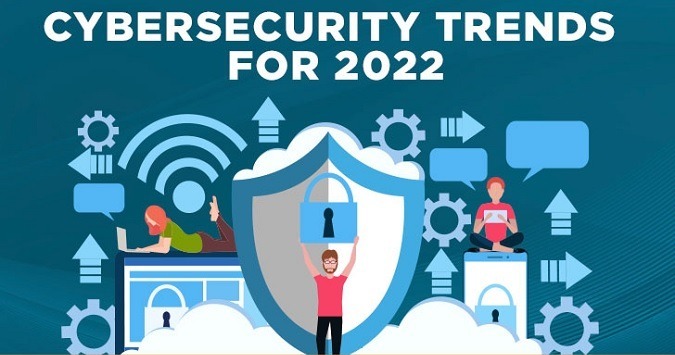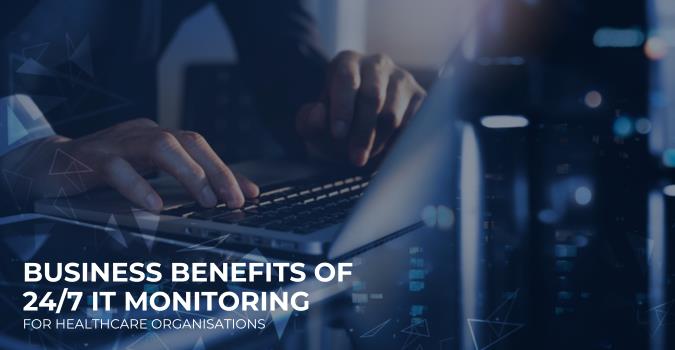Healthcare organisations rely on robust IT systems to manage patient records, facilitate telemedicine and support…

How Healthcare Organizations Can Improve Their Cybersecurity in 2022?
Cyber Attacks on the healthcare industry are a huge game-hunting plan of choice for hackers and cybercriminals. Mischievous actors, like ransomware groups, admit medical practices and healthcare systems can be easily targeted and would pay ransom most willingly. Some cybersecurity trends 2022 are fixing weaknesses at the root, increased home-based work attacks, AI blossoms, relentless paranoia, and more.
Cyber security threats in healthcare often result in data breaches that reveal sensitive information about patients like PHI (protected health information) and their financial details. As 2022 has just started, healthcare cyber threats are only growing as vulnerabilities persevere and current common solutions are inadequate for ending criminal activity.
Here are some practical ways in which medical practices can improve their cybersecurity in 2022
Create a culture of cyber-security
To stop Cyber Attacks in the healthcare industry, all employees should be fully committed to cybersecurity. The administration of healthcare systems must throw its weight behind data safety as an organizational value.
An incredible first step is to document your healthcare system’s commitment to security through appropriate procedures. To anticipate and beat potential threats, your healthcare organization needs smart, healthcare cybersecurity solutions, enough staff, and funding.
Shield your mobile devices
Mobile phones, tablets, and other gadgets are all-time more used in healthcare. The use of mobile devices develops some concerns like HIPAA compliance issues and data encryption. Sadly, more than 50% of the surveyed cyber-leaders said that their existing MDMS (mobile device management system) didn’t offer sufficient security.
To alleviate risks, healthcare practices can use an add-on structure for mobile data management, which delivers protected file-sharing while also working as an authentication tool. Furthermore, an all-in-one business mobile management system is also one of the emerging healthcare cybersecurity solutions.
Keep updating software and operating systems
A careless method of installing security patches and software updates exposes healthcare centers to unnecessary cyber security threats in healthcare. When software updates come up in the market, it indicates to both cybercriminals and users that there are susceptibilities within the former version that can be subjugated.
Cybersecurity in Healthcare can be improved by making a proactive strategy for software upgrades to all applicable systems, like, mobile, desktop, and IoT devices. Anti-virus updates can help detect potential issues. It is also important to know that employees can’t update software and operating systems on their own without receiving approval.
Make a strategy for an inevitable breach
Due to the growing importance of cybersecurity, medical practices should design a strategy considering that a breach is inevitable while also trying to prevent one. Simple compliance doesn’t guarantee data safety. Constant risk assessments are compulsory to recognize and address probable entry points and safety gaps in a hospital’s systems, procedures, and equipment.
An inclusive mitigation and recovery strategy should plan how your healthcare system will try to recover the lost information. The strategy should document how you will deliver essential notification to affected people and others. The aim will be to establish publicly that the information loss is being handled dutifully and appropriately.
Use reliable partners who give importance to healthcare IT security
A chain is just as powerful as its weakest link. While this may relate to a hospital’s team members, it is also valid to the partners you collaborate with to help you in better management of your healthcare system. MedicalIT.Services is devoted to the protection of medical data and our services meet or exceed the Australian government’s privacy and security requirements for healthcare data.
Conclusion
Zero-trust system access should be at the core of all health care cybersecurity tactics to scale and protect every terminal across every patient, doctor, supplier, and medical center. Moreover, hospitals and healthcare centers should define their IT security roadmaps, prioritizing the closing down of ransomware with inaccessible browser isolation.
Also Read:
Importance of Cyber Security in Healthcare and Medical Devices




